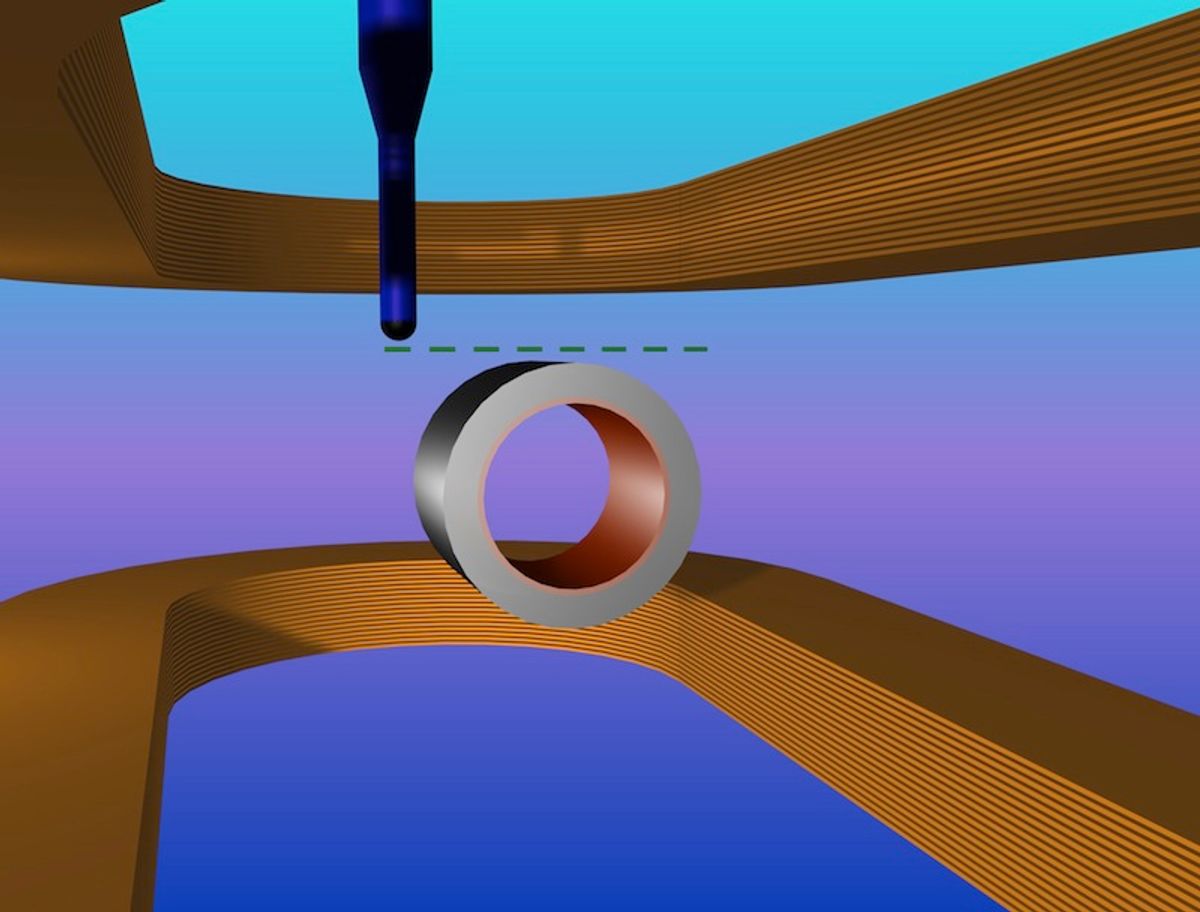Researchers have been trying for years to figure out how to pull a fast one: move an object through an electromagnetic field without disturbing the magnetic field lines. But all their efforts have fallen short.
Today, a team of engineers and physicists at the Slovak Academy of Sciences and Universitat Autònoma de Barcelona reported in Science that they have cracked the code. They say they have created a magnetic cloak that makes objects inside of it invisible to static dc magnetic fields such as the ones in magnetic resonance imaging machines in hospitals and security checkpoints at building entrances.
How did they make the breakthrough when countless other teams’ experimental demonstrations were studies in compromise—with some reflection and shadowing, effectiveness limited to narrow frequency bands, and only partial elimination of field scattering effects? The long and the short of it is that they were diligent math students (Which answers the question of whether math is still relevant). The Spanish and Slovakian researchers first figured out theoretically, “directly from Maxwell equations, that a specially designed cylindrical superconductor-ferromagnetic bilayer” could act as a cloak against uniform static magnetic fields. With their math homework (and perhaps a gold star) in hand, they set about producing just such a cylinder.
They knew what to do to generate just the right amount of repulsion from the inner superconducting layer, and attraction to the outer ferromagnetic one. As it turns out, making the device required little more than a few turns of a commercially available high-temperature superconductor tape wrapped in a few turns of a thick iron-nickel-chromium commercial alloy sheet.
When placed in a magnetic field with a field strength of 40 milliteslas (between two racetrack magnets, as shown in the photo above and in this video), the cylinder left the field lines practically undisturbed. The researchers attributed the slight deviations from their calculations to the possibility that the cylinder’s length-to-diameter ratio was too small and to the fact that they used off-the-shelf materials for the superconducting and ferromagnetic layers.
Willie Jones is an associate editor at IEEE Spectrum. In addition to editing and planning daily coverage, he manages several of Spectrum's newsletters and contributes regularly to the monthly Big Picture section that appears in the print edition.



